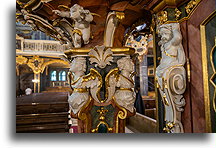These are unique places for many reasons. Quite inconspicuous from the outside, the churches not only have an extraordinary history, but above all they are distinguished by their perfect construction and impressive interior finished with polychrome. Following the Peace of Westphalia ending the Thirty Years' War, the Holy Roman Emperor Ferdinand III of the Habsburg dynasty, under the strong influence of Protestant Sweden, was forced to grant the Silesian Lutherans the right to build three churches. However, this permit was subject to a number of restrictions. Churches had to stand outside city walls, they could not have towers or use bells. Only materials considered perishable, such as straw, clay and wood could be used, nails were not allowed. The money for the construction cost had to come exclusively from Protestants and the construction had to be completed within one year of its commencement.
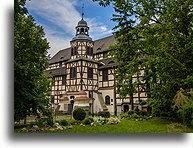
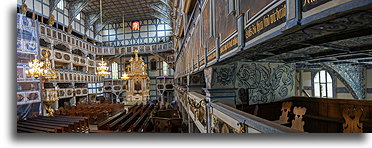
Two Churches of Peace have survived, in Jawor and Świdnica in Lower Silesia, Poland. Built in the second half 17th century, these are some of the largest religious buildings made of wood in Europe. They were built in Baroque architectural style with high steep roofs. The interiors are decorated with plant motifs and scenes from the Bible. There are also many coats of arms of the most distinguished Silesian families and pictures from the life of the local nobility. Although the altars look like made out of marble, they are actually made of wood. The construction of towers and the use of bells was possible only after 1707, when Treaty of Altstadt was signed between the Lutheran King Charles XII of Sweden, and the Catholic Holy Roman Emperor Joseph I of Habsburg.
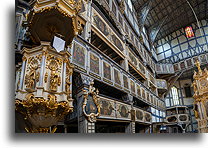
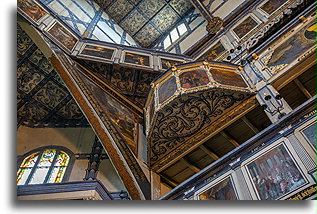
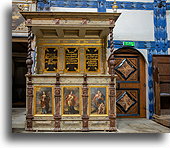
Churches have countless pews on the ground floor and on many galleries. You can see how numerous evangelicals were, the church in Jawor could accommodate 7.5 thousand people. Each seat had a number assigned to specific people or families. The location of the pew was an indicator of social status. Places in the church were inherited, sometimes they could be purchased, but the buyer had to come from the same social group. The families with the highest social status had their own loges.
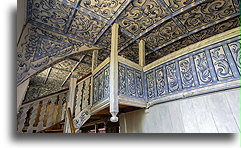
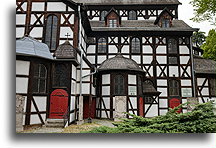
An hourglass has survived on the pulpit of the church in Świdnica. It is a time marker for the pastor. The sermon cannot last longer than one hour.
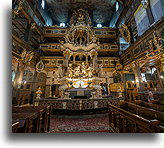
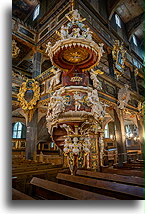
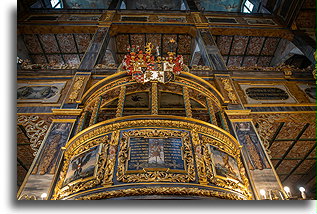
Finally, my personal observation. Churches were built by the German-speaking local population attached to the Lutheran religion and are related to the culture and history of former Lower Silesia. It is important to appreciate these places as an act of religious tolerance that should inspire us. It is not without reason that they are visited by politicians from Poland and Germany. Here, representatives of the Christian churches, Judaism, Islam, and the spiritual leader of Tibet, Dalai Lama, signed the Appeal for Peace.
